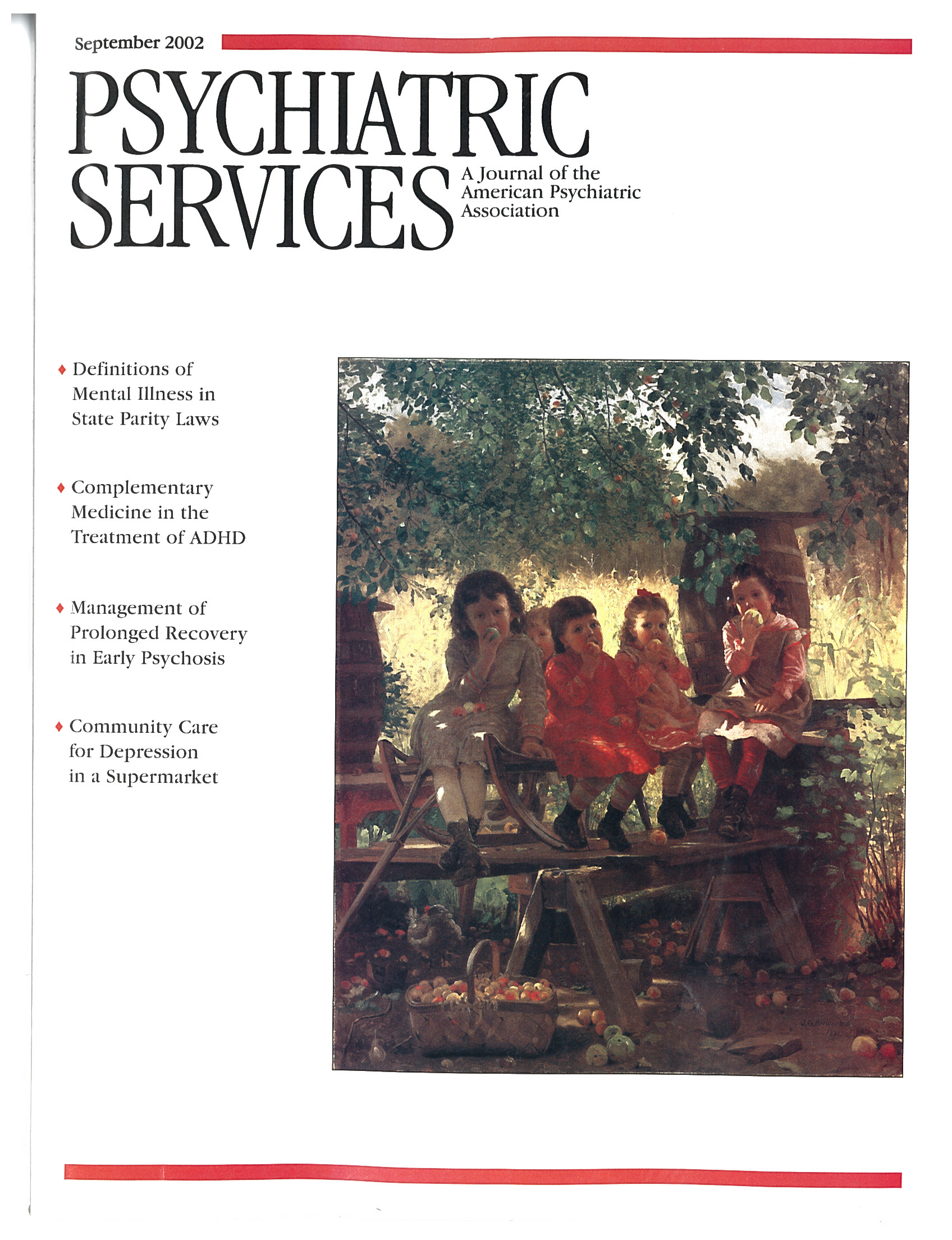Bipolar Disorders: 100 Years After Manic-Depressive Insanity
Our conceptions of psychosis have evolved significantly since Kraepelin introduced the concepts of manic-depressive insanity and dementia praecox (1). Kraepelin recognized that the course of illness differentiated types of psychoses. Whereas dementia praecox had a deteriorating course, he noted, manic-depressive illness was episodic with full recovery between episodes and had a good prognosis. However, modern studies have shown that although bipolar disorder has been regarded as a remitting disorder with a generally favorable outlook, this description applies only to a minority of those who have the disorder. For a large proportion of patients who have bipolar disorder, the outcome is poor, with high rates of relapse, chronicity, lingering residual symptoms, subsyndromes, cognitive and functional impairment, and psychosocial disability (2,3,4,5,6).
The body of knowledge on bipolar disorder that began with the work of Kraepelin and was built on by others is expanding at such a pace that it is becoming increasingly difficult to keep up with the literature. For that reason, I welcome the publication of Bipolar Disorders: 100 Years After Manic-Depressive Insanity. This comprehensive text provides an excellent summary of what has been learned about bipolar disorder since the illness was first described by Greek physicians of the classical period.
The book contains 23 chapters. The first reviews the roots and evolution of the concept of bipolar disorder since Hippocrates' days. Chapters 2 through 5 review the spectrum concept of bipolar disorder, mixed bipolar disorder, rapid cycling, and bipolar schizo-affective disorder. Chapters 6 through 8 discuss bipolar disorder in special populations, including among women who are pregnant, in the postpartum period, or in menopause; among adolescents; and among the elderly. In chapters 9 and 10 the authors nicely review the interface between temperament, personality types, and bipolar disorder. The next six chapters address important topics such as the comorbidity, genetics, epidemiology, and biology of bipolar disorder. Three chapters cover the somatic treatments used in bipolar disorder, including lithium, anticonvulsants, antipsychotics, and antidepressants. The remaining chapters cover prognosis, diagnostic boundaries, and the economic impact of bipolar disorder.
The list of international contributors is impressive. Many are considered the top experts in their areas, and this book includes most of their original research. The book is well integrated and easy to read. The editors have made an impressive effort to ensure that the material flows well and without duplication. Tables and figures complement the text. The references are up-to-date, and the book includes a good index.
Bipolar Disorders will appeal to a wide audience, and especially to readers who are interested in what we have learned about this class of illnesses in the past century.
Dr. Zarate is chief of the mood disorders research unit at the National Institute of Mental Health in Bethesda, Maryland.
1. Kraepelin E: Manic Depressive Insanity and Paranoia. Translated by Barclay RM; edited by Robertson GM. New York, Arno Press, 1976 (originally published 1921)Google Scholar
2. Gitlin MJ, Swendsen J, Heller TL etal: Relapse and impairment in bipolar disorder. American Journal of Psychiatry 152:1635-1640, 1995Link, Google Scholar
3. Keitner GI, Solomon DA, Ryan CE, et al: Prodromal and residual symptoms in bipolar I disorder. Comprehensive Psychiatry 37:362-367, 1996Crossref, Medline, Google Scholar
4. Tohen M, Hennen J, Zarate CM Jr, et al: Two-year syndromal and functional recovery in 219 cases of first-episode major affective disorder with psychotic features. American Journal of Psychiatry 157:220-228, 2000Link, Google Scholar
5. Benazzi F: Prevalence and clinical correlates of residual depressive symptoms in bipolar II disorder. Psychotherapy and Psychosomatics 70:232-238, 2001Crossref, Medline, Google Scholar
6. MacQueen GM, Young LT, Joffe RT: A review of psychosocial outcome in patients with bipolar disorder. Acta Psychiatrica Scandinavica 103:163-170, 2001Crossref, Medline, Google Scholar



